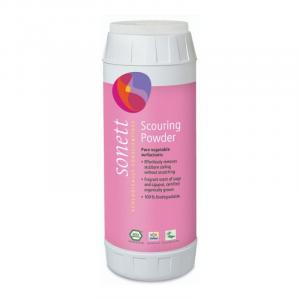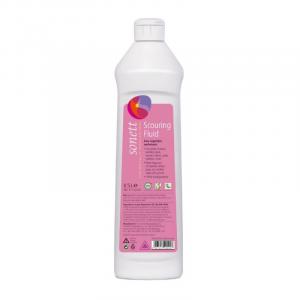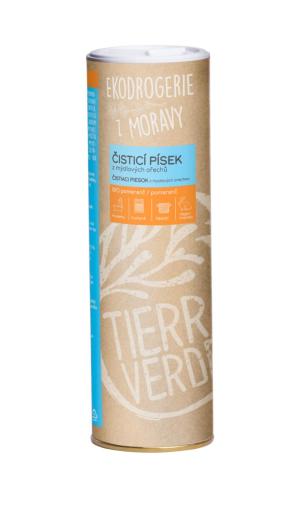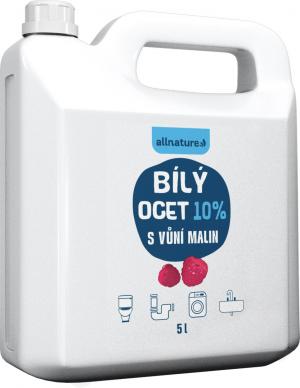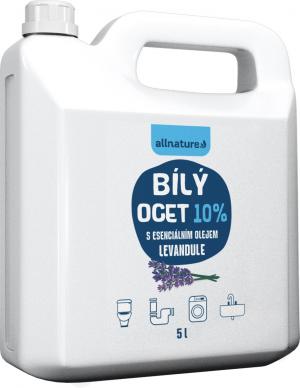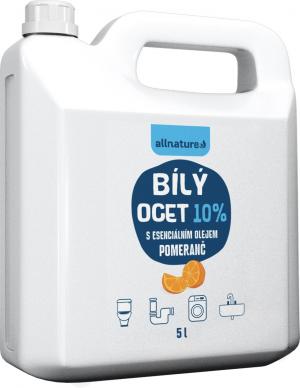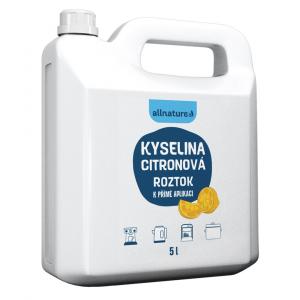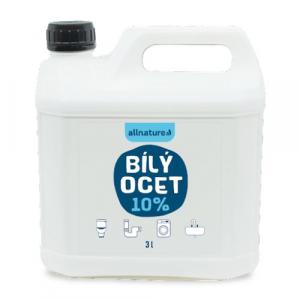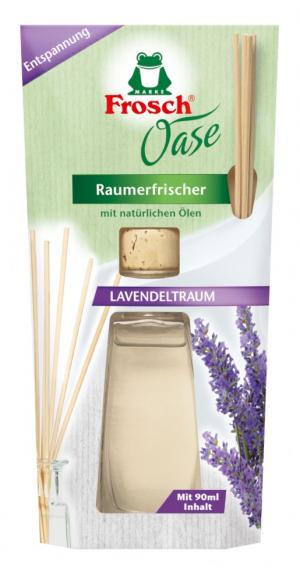
Get Rid of Pantry Moths Once and for All
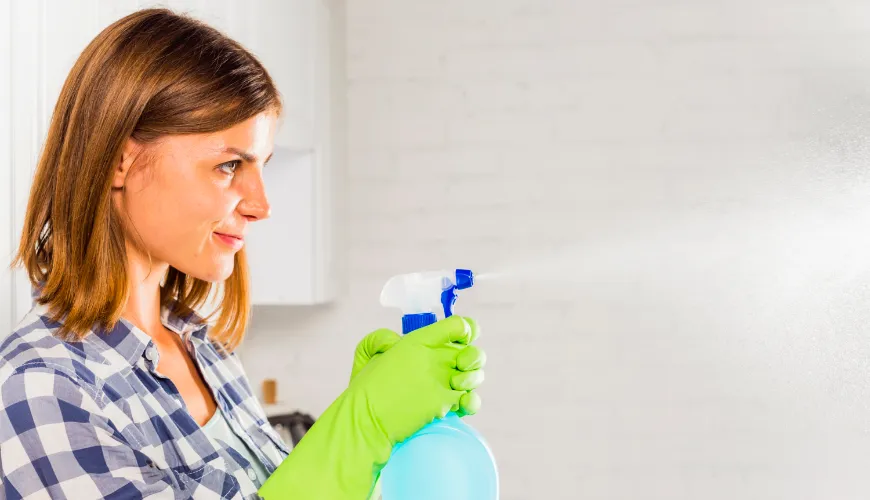
Food moths are uninvited guests that can cause a lot of problems in the kitchen. These small pests, also known as pantry moths, have the ability to destroy food supplies and leave behind an unpleasant mess. If you've ever opened a cupboard and found small moths or their larvae, you know how unpleasant and frustrating this experience can be. But don't despair, there are effective ways to get rid of these pests and prevent their return. In this article, we will introduce you to steps and advice on how to effectively eliminate food moths and keep your kitchen clean and safe.
Food moths, also known as pantry moths, belong to the butterfly family. These pests are usually small, reaching a size of about 1-2 centimeters, and have gray-brown wings. Moth larvae, which are responsible for most of the damage, look like small white worms and are often found in foods where they feed on flour, cereals, dried fruits, nuts, and other dry foods.
Try our natural products
Food moths most often enter the household through contaminated food purchased at the store. Moth eggs may already be present in the food or packaging and can quickly hatch under the right conditions. Another way moths can enter your home is through open windows and doors. Once inside, they quickly search for food and a place to lay eggs.
How to detect the presence of food moths?
You might be asking: "How do I know if I have food moths at home?" There are several signs that can help you identify the presence of these pests. These include:
- Presence of adult moths: If you see small moths flying around your kitchen or cupboards, it's likely that you have a problem with food moths.
- Larvae in food: Small white worms or larvae in flour, cereals, or other dry foods are a clear sign of moth presence.
- Webbing in food: Food moths often create small webs inside food packaging or in the corners of cupboards.
- Holes and gnawing in packaging: Moths can chew through packaging to get to the food.
How to get rid of food moths: Step by step
If you're dealing with food moths in your kitchen, there's no need to panic. There are several effective steps that can help you remove these annoying pests and prevent their return. The following procedure provides a comprehensive guide on how to get rid of food moths once and for all and keep your kitchen clean and safe.
Start by cleaning all cabinets and drawers where you store food. Empty all storage spaces and discard any infested food. Carefully inspect the remaining food to ensure no larvae or eggs are left in the packaging. This step is crucial for eliminating all potential sources of moths and minimizing the risk of their recurrence.
Next, thoroughly disinfect the cabinets. Use a vacuum cleaner to remove all food residues and dust from the cabinets and drawers. Then use a disinfectant or a solution of water and vinegar to clean all surfaces. Pay special attention to corners and crevices where moths might be hiding. This step ensures that your storage spaces are clean and free of debris that could attract moths back.
Try our natural products
Another effective method is using natural repellents. There are several natural remedies that can help repel moths. The most effective include lavender, bay leaves, and cloves. Place bags of dried lavender in cupboards and drawers. Lavender has a strong scent that moths dislike. Spread a few bay leaves among the food. Moths don't like the smell of bay leaves and usually avoid them. Cloves can also help repel moths. Place a few whole cloves in cupboards and drawers. These natural repellents are safe and effective, and they also give your kitchen a pleasant aroma.
The next step is using special moth traps. These sticky traps, available in stores, can be very effective in catching adult moths. They contain pheromones that attract moths, which then stick to the adhesive surface. Regularly check and replace the traps as needed to keep them effective.
Proper food storage is crucial for preventing the return of moths. Transfer food into airtight containers to keep moths out. Glass or plastic containers with tight lids are ideal. Make sure all food is properly sealed. This way, you prevent moths from accessing the food and create a hostile environment for them.
Regularly checking food supplies is also important. Regularly inspect your supplies and dispose of old or expired food. Keeping a clean and organized kitchen can help prevent the recurrence of moths. Kitchen hygiene is essential for keeping food safe and pest-free.
Try our natural products
How to prevent the return of food moths?
After successfully removing moths, it's important to take measures to prevent their return. A key part of prevention is proper purchasing and storage of food. Buy smaller quantities of food, which means you'll consume it faster and reduce the chance of moths settling in. Smaller supplies are also easier to check and manage.
Another step is the careful inspection of newly purchased food. Before storing in cupboards, thoroughly inspect them for any moth eggs or larvae. This way, you can prevent the transfer of pests into your home.
Using airtight containers is another important step. As mentioned, airtight containers are key to keeping moths away from food. Glass or plastic containers with tight lids prevent moths from accessing the food and create a hostile environment for them.
Regular cleaning and inspection of supplies are essential for maintaining a clean and safe kitchen. Regular kitchen cleaning and thorough inspection of supplies can help detect and address any new moth infestations in time. Additionally, a clean and organized kitchen is less attractive to pests and reduces the likelihood of their return.
Food moths can be an unpleasant problem, but with a thorough and systematic approach, they can be effectively eliminated. By following the above steps and preventive measures, you can keep your kitchen clean and safe for you and your family. Remember, the key to success is thoroughness and regularity. And now, I ask: Do you have everything under control at home, or could you pay more attention to preventing these uninvited guests? Your answer to this question could be the first step towards making your kitchen moth-free again.
